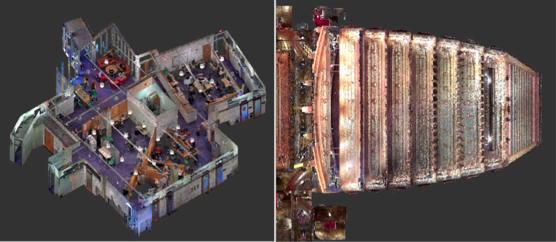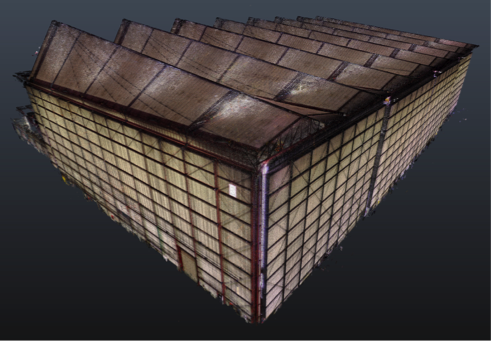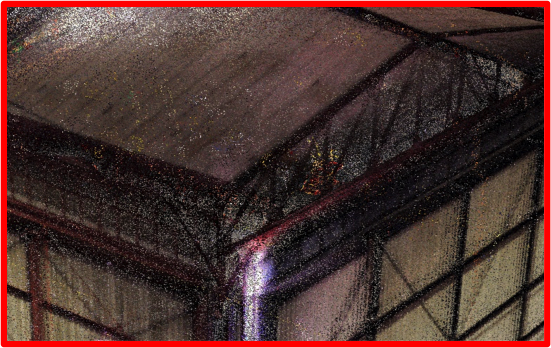4 Things That Influence the Cost of As-Built Architectural 3D Scanning and Surveying

(Left) Image of MIT Stata Center a space that is small but complex. (Right) Lyric Opera House in Chicago a space that is large and wide open. Images from DDS
Search engines have convinced us that if we have a question, we can always find an answer. The reality, however, is that not every question has a definite answer. And when we search for the cost of a service, many times this reality will come into play.
3D scanning and surveying is one of those services with a variety of factors that impact cost. You can’t expect to find out how much it would cost to 3D scan and survey a project just by a simple Google search, because there are multiple factors that will influence cost. Based on the details of your project and the outcome you desire, a surveying/scanning firm will give you an estimate that fits your vision. The following list examines four of the main factors that influence the cost of as-built 3D scanning and surveying:
1) The Size of the Project
The most obvious reason you can’t expect 3D scanning and surveying to cost the same for every project is because the size will differ. The square footage of the building or overall space you are focusing on will affect the price of this service. Typically, the larger the project is, the bigger the area that needs to be scanned and documented. Therefore, more time will be required on site.
In addition to the square footage, buildings with higher ceilings and a larger volume will also cost more. Don’t let this information scare you away, most design firms offer a cost advantage based on an economy of scale. This means companies with larger sized projects are given a reduced cost per square foot.
2) The Complexity of the Space
Another factor that will affect the cost of a project is the complexity of the space or building that needs to be scanned. If the building’s space is wide open, then it will require less scans, less time on site, and less registration time. However, if the space has multiple small rooms and different corridors that those rooms branch off from, then scanning the project will be more time consuming. More time will be required on site to scan all the different rooms and registration will take longer. Because complex spaces take longer to scan and register, meaning they typically cost more.
3) Site Conditions and Mobilization
The conditions and activities occurring at the space will also have an impact on the cost of scanning. Some examples of conditions that will increase the cost include:
- Foot traffic– People constantly walking through the area you want scanned could interfere with the scanning.
- Vegetation– If there is heavy vegetation, exterior scanning could take longer.
- Debris– Any sort of clutter will make scanning the building more difficult.
- Accessibility– If it is difficult to access certain areas or if rooms are locked, the additional preparation and assistance will add time to the job.
Immediate size mobilization or a need for the scan data in a short time frame will increase the cost of scanning. Other factors include long travel and having multiple scanning technicians on site will also increase the cost.
4) The Quality of the Scan
Based on what you intend to use the scan data for, you may be searching for a certain level of resolution. The resolution can be measured by the amount of dots per square inch over a given distance. The higher the level of resolution, the greater the cost will be. This is because each scan will require more time to produce this higher resolution, and therefore, more time will be spent on site.
If your project requires the dots to be accurate, then you will need a higher quality scan. Scanning will take longer for this, and even longer if you want the scan date to be in color or in high dynamic range (HDR). HDR data will capture greater detail from the bright and dark areas.


SF Superbay Hanger documented using high resolution scanned and HDR, in color
Images from DDS
Ultimately, it all comes down to how much time will the scanning and surveying require. Depending on what you are planning on using the scan data for, you will probably have a specific vision for what you’re expecting from the final scan data. A simple job that can be done in a short amount of time can’t be expected to cost the same as a scanning a multi-room, complex, and busy structure in full color. To get the best estimate of what a job will cost, call Deep Design Studio at 1-888-585-5568.
